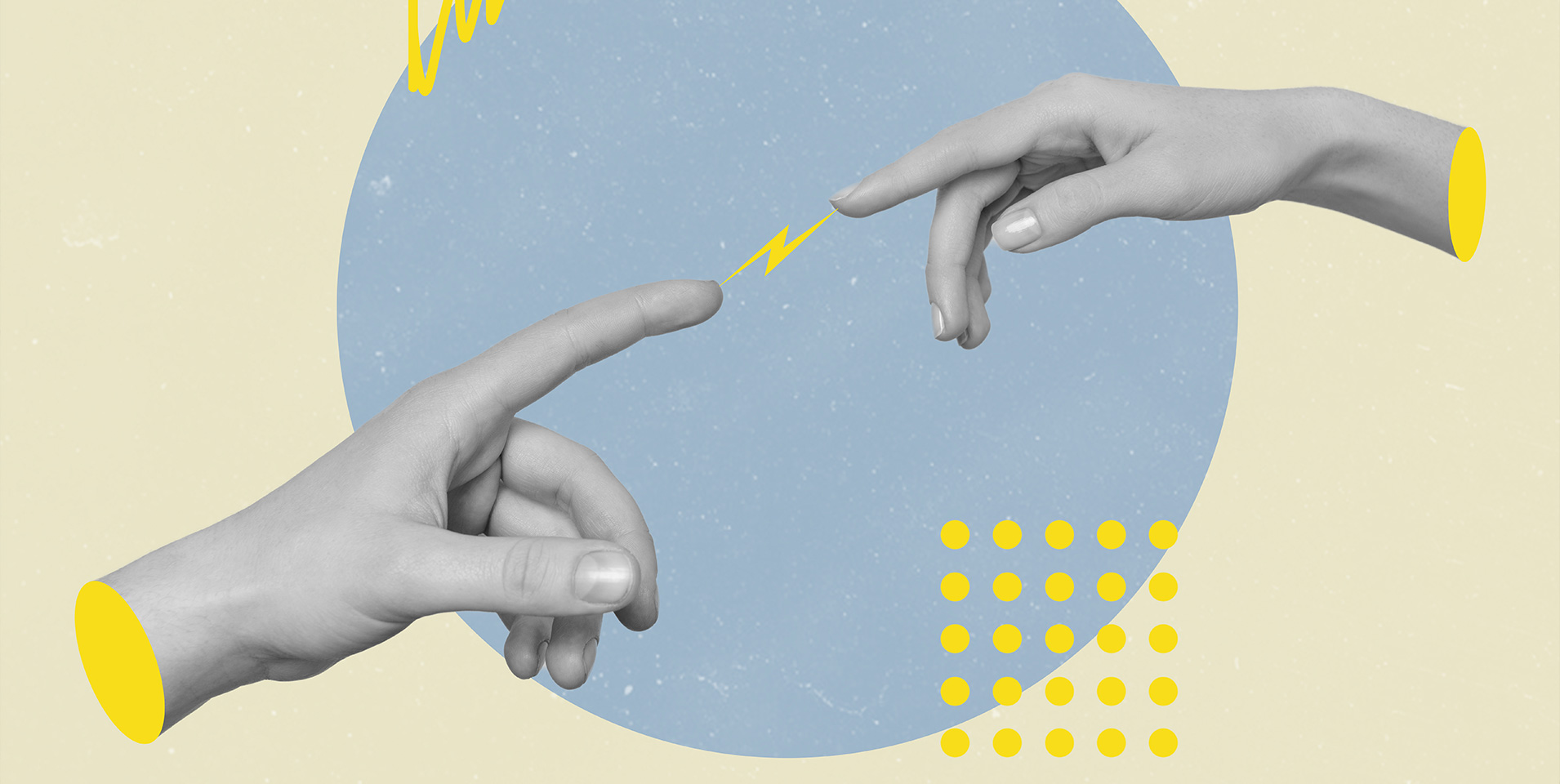
We live in two worlds: the physical and virtual.
The boundaries between these two worlds are increasingly being blurred as wearable and augmented reality technology become more mainstream.
At the same time, some experiences uniquely belong to each domain, enabled by unique natural and digital environments.
The speed of technological advancement – in real life (IRL) built environments, virtual (URL) –environments and hybrid contexts – is a challenge for brand and experience designers.
Only a decade ago, organisations creating brands could expect brand activations to be relevant and compelling for 3-5 years. Now, brand managers need to consider the cutting-edge applications of today, and predict the ascendant or differentiable experiences of tomorrow.
The goals remain the same: to establish the brand identity and activate the brand experience where your target audience can find you, in owned, earned and paid channels.
However, the channel choice has become ever more important with the increasing risk of platform brand dissonance. The hero can quickly become the villain (looking at you Facebook) or, what seemed like a platform we might grow up with, fades fast (MySpace, Tumblr).
Where you create an experience is the company you keep, and that speaks loads about brand and purpose.
Translating experience; transcending worlds
We Are Social’s Digital 2021 Australia report revealed that daily time spent online increased from 5 hours 41 minutes to 6 hours 13 minutes year-on-year. We’re spending almost 40% of our waking hours using the internet. Your body is on Earth; your consciousness is not.
Some of that time is transactional, as we increasingly prefer to do everything from banking to having WIP meetings. Much of it is experiential, as news, user generated and movie content – its design informed by psychological theory – holds our attention longer than we expected.
In all cases, there is a role for brand activation as experienced through presence and experience, whether that is video content or the behaviour of employees (or bots).
Digital space offers amazing experiences that cannot be replicated in the real world.
There are hyper saturated colours easily used in digital branding but harder to replicate in real life.
We can modify any image or video content to create entirely new realities that are curious, compelling or challenging. We can experience activity from perspectives and dimensions, sometimes simultaneously (consider coverage of sporting or arts events).
There are also incidental and programmed physical experiences that cannot be had online.
We can’t smell or taste pixels. Real life brand activations are multisensory and dynamic.
And, as we have all learned and yearned for during pandemic lockdowns, human connection really is best in-person.
The great British actor, Ian McKellen, recently shared on ABC radio, there is no competition between live theatre and film (streamed or in-cinema): one’s rise doesn’t foretell another’s doom. They are different in setting, physical experience and the art of performance.
The objective of a live performance is not hyperrealism. It is to be close to the audience, for the actors to interpret the story and their part in telling it. The audience feels the presence of their fellow ticketholders in the theatre, during the show and at intermission. It is intimately shared.
From signature scents and music, placement in movies, and physical space in public squares, we are used to brand prominence in our everyday lives.
The opportunity is for purpose-led brands to be welcome community members, contributors to positive culture; to be more generous, empathetic and authentic.
To achieve that, brand activation needs to transcend the digital/physical barrier just as we do. To create a ‘phygital brand experience’.
What does this look like?
- Taking elements of a specific physical experience, such as shifting daylight and place-based footstep or bird sounds in a public square, into digital experiences to evoke natural circadian rhythms and lived experience (particularly where wellbeing impacts are required).
- A physical event that uses the smell and sounds of its setting as part of a screen-based or digital interactive journey, connecting people in real life and virtually, evoking the real and virtual in both domains.
- Podcasts hosted in a physical space and distributed digitally.
- Digital assets placed in physical domains and vice versa.
- Hyflex education that designs experiences and content that simultaneously engages students in a room and online.
- Motion and objects that feel equally at home in digital and physical space, and can be markers for that brand in both.
For inspiration, see the work Ellis Jones completed with Abbotsford Convent to see how place and institution branding was linked and activated in the multi-arts precinct as well as via its website (which is continually evolving).
This emerged from a deep process of place and user research, to form a place brand and co-design activations with tenants, employees, visitors, and stakeholders.
We took a similar approach with Ainslie & Gorman Arts Centres, managed by Arts Capital.

